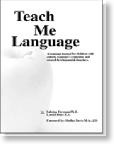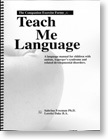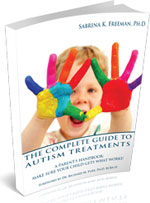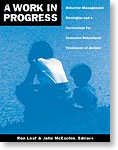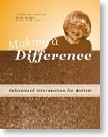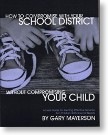How music can help the non-verbal child with autism: we may be on the verge of something exciting!
Over the past fifty years, many have noticed that some people with autism seem to respond very positively to music. Hundreds of articles have been published on this topic and studies have been designed to show how music helps children with autism. Unfortunately, none of these studies has shown any kind of reliable results, until September 2011, with the publication of Auditory-Motor Mapping Training as an Intervention to Facilitate Speech Output in Non-Verbal Children with Autism: A Proof of Concept Study
Finally, a protocol has been designed that actually tests a way to use music to help older, non-verbal children to acquire simple words. The technique, Auditory-motor-Mapping Training (AMMT), was originally designed to help stroke victims regain speech after a stroke. Testing this technique on non-verbal children with autism is an intriguing idea! It is refreshing to read that these researchers state that their first study is purely a proof of concept study and that more research is necessary. It is very rare, and much welcomed, to hear this kind of statement from researchers in the field of autism research.
If you are the parent of a non-verbal child, this area of research is worth following. Although the study’s sample size is very small (6 children) and the experiment compared the children’s baseline scores to their results after the treatment (with no separate control group), the results were so strong that this deserves to be replicated with a larger sample and a well-controlled design.
What I find very exciting is that these researchers 1) understand the limitations of the first study, and 2) have just received a grant to do another study which will hopefully include more children, and use a better experimental design without the limitations of the original proof of concept study.
I can’t wait to see the results of the next study! I’ll keep you posted.
Microsoft and Autism Have Kinected
Enter the Kinect!
Thanks to Microsoft, we now have a convenient, vigorous exerciser that hooks onto our T.V. and can be extremely reinforcing to the child with autism (depending upon the game). Now with the Kinect, not only can the child exercise immediately prior to a one-on-one session as a leisure activity, the child can also “work for” the Kinect as a reward during a break. Talk about a powerful tool: a behavioral reinforcer tool that also helps suppress self-stimulatory or stereotypic behavior short term! This is a great example of the unintended, positive consequences of innovation. Children with autism were obviously not a Microsoft target consumer, but they are benefitting greatly from this technological advance!
Now that we have a convenient new tool in the Kinect, I would very much like to see more research done on the value of exercise for children with autism. Any kinesiologists out there up to the challenge?


